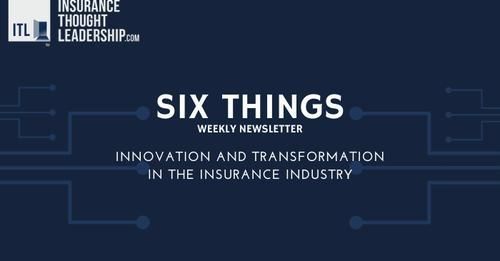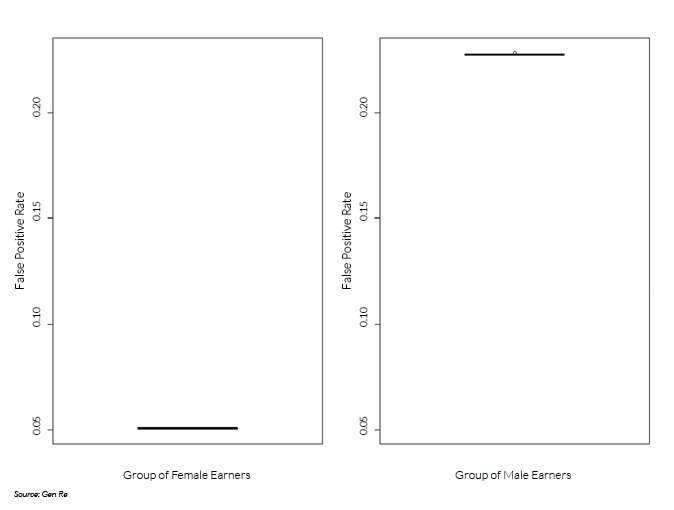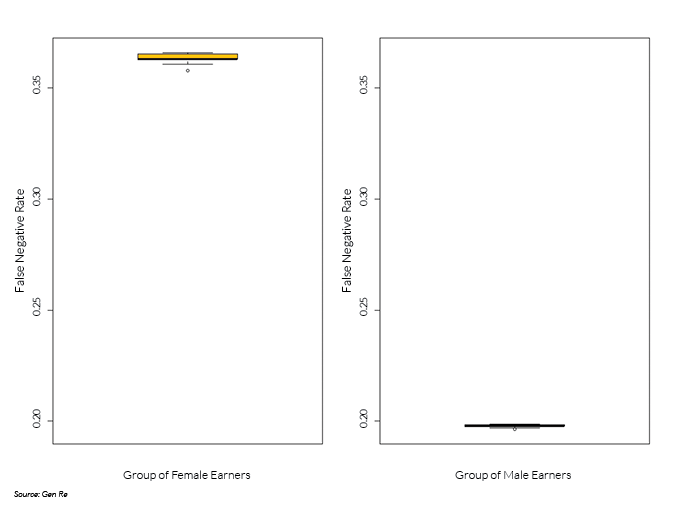Ukraine (UKR) is one of the largest insured risks for political risk insurance (PRI) and trade credit insurance (TCI). This predates the current situation in Ukraine and started immediately after the country's accession to sovereignty in 1991.
Based on data from the Berne Union, the trade association representing credit and political risk insurers, PRI carriers issued $19 billion of new coverage globally in 2021, of which $2 billion went to cover risks in Europe and $1.6 billion to cover risks in Russia. Based on these figures and other published data, we estimate that PRI insurers have insured between $1 billion and $7 billion in Ukraine risks over the last five years.
New PRI losses in Ukraine due to Russia's invasion will likely be material but well within the ability of private carriers to perform on their obligations. Several factors are contributing to reducing private PRI insurers' exposure in Ukraine:
- Some PRI and TCI carriers stopped writing Ukraine risk in 2014
- Carriers with existing Ukraine risk have likely taken reserves against future losses in Ukraine
- 80% of PRI coverage is provided directly or indirectly by government agencies such as OPIC in the U.S. and by multilateral agencies such as the World Bank's MIGA.
Insured Losses in Ukraine
In Ukraine, PRI and TCI tend to be primarily purchased by foreign companies with cross-border trade or investments in the following industries:
- Energy
- Manufacturing
- Infrastructure/Project Finance
- Natural Resources
Losses due to Russia's invasion of Ukraine fall under comprehensive political violence, and more specifically under war and civil war and strikes, riots and civil commotion. The full range of PRI and TCI coverages includes:
- PRI: political violence, expropriation and breach of contract
- TCI: Short-term credit, medium-/long-term credit and other cross-border credit
PRI coverage protects primarily against loss of assets and profits. PRI's political violence protects against losses due to strikes, riots and civil commotion (SRCC) and war and civil war. TCI's credit default coverage protects primarily against loss of profits due to force majeure; failure to perform on letters of credit due to force majeure; and loss of profits and cost of penalties due to force majeure. PRI and TCI tend to also provide compensation for the cost to the insured of its failure to perform on obligations to third parties, such as penalties for non-delivery of goods or services due to covered risks.
PRI political violence's war and civil war coverage excludes declared war between the permanent members of the U.N. Security Council, which includes Russia.
Loss of profits due to sanctions may be covered by PRI and TCI policies. However, the coverage is structured to cover sanctions by the host (ex: Ukraine) or third-party countries (ex: Russia), not the insured's home country. For example, a U.S. company investing in Ukraine may or may not be covered for sanctions imposed by the U.S.
See also: How to Achieve Cyber Resilience
Markets and Policies
The majority of private carriers providing PRI insurance are based in the U.S., at Lloyd's and in Bermuda. PRI providers include AIG, AXA XL, Chubb, Sovereign, Caitlin and Zurich. The largest providers of TCI coverage are Coface, Heuler Hermes and Atradius. Government or multilateral agencies providing either PRI or TCI or both include OPIC (U.S.), EXIM Bank (U.S.), EDC (Canada), UKEF (U.K.) and MIGA (World Bank).
PRI insurance policies coverages tend to range between $100 million and $4 billion. TCI coverage can range from $250,000 to $2 billion. The main buyers of PRI come primarily from the extraction sector, manufacturing and infrastructure. Those industries are also significant buyers of TCI, in additional to import-export businesses in soft and hard commodities. Rates for PRI tend to range between 0.5% and 2% and for TCI between 0.1% and 1.5%. Above such rates, the products tend to be become either less attractive to buyers or unavailable due to the risk profile of risks. When coverage is available, rates for Ukraine would be at the higher end of these ranges.
Domestic U.S. Cyber Risk
The main risk associated with Russia's attack on Ukraine for business in the U.S. and the E.U. is state-sponsored Russian cyber attacks on U.S. business and critical infrastructure. This is regardless of whether they have operations and investments or do business in Russia or Ukraine. Indeed, Russia has a well-documented history of unofficial cyber attacks on Western assets. The impact of declared or undeclared Russian cyber attacks on U.S. businesses would be covered by a company's cyber risk policy. A PRI policy is not necessary to cover Russian cyber attacks against U.S. businesses in the U.S. Because some cyber policies exclude state-sponsored actions, insureds should contact their insurers to confirm whether state actions are excluded from their coverage.
















































